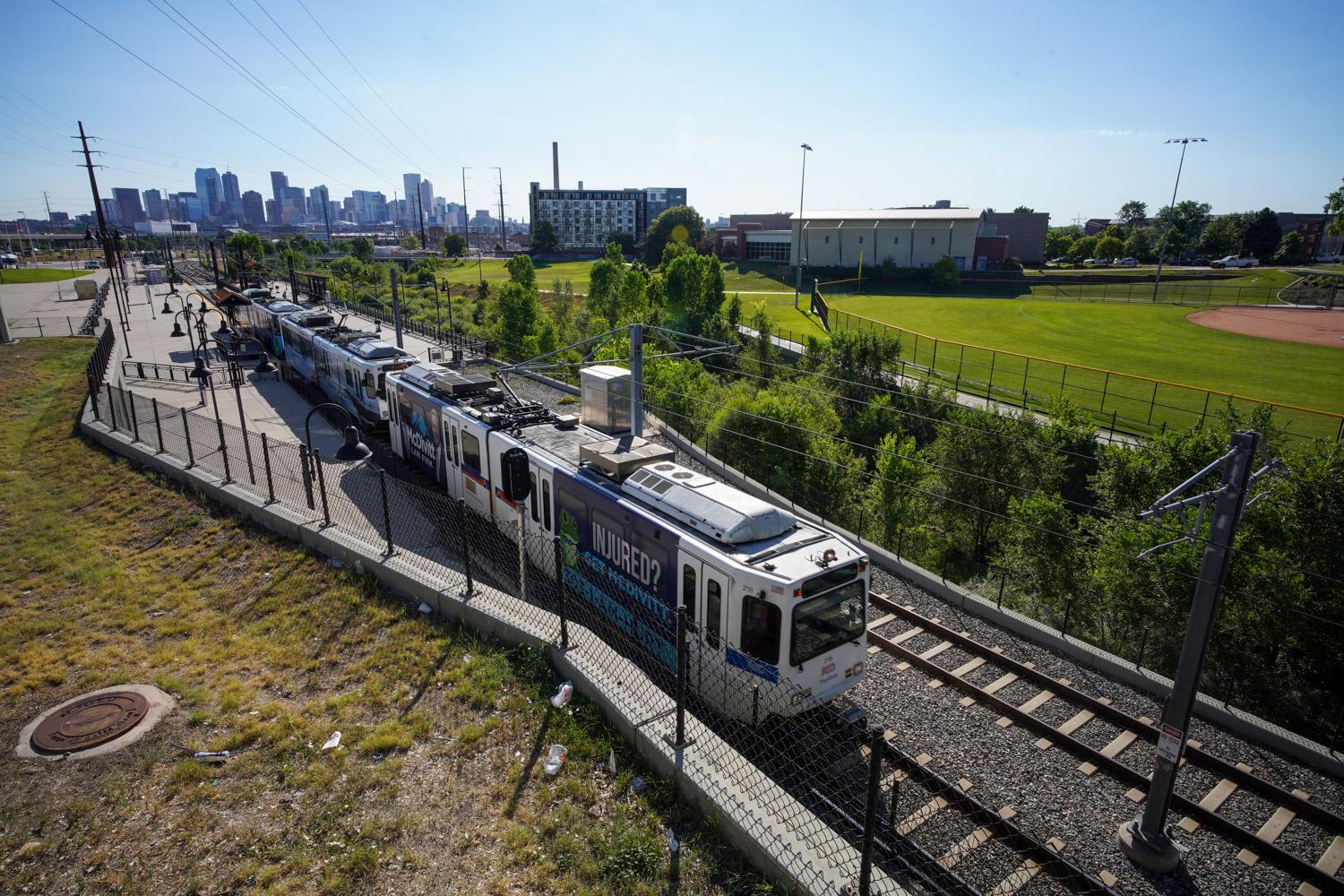
The District N director represents unincorporated Jefferson County and communities like Morrison, Evergreen and Willow Springs.
Peggy Catlin is a write-in candidate. Pat Lawrence is a write-in candidate for District N, but has not yet completed this questionnaire.
Peggy Catlin
What's your elevator pitch for why voters should choose you?
I have more than 35 career years of experience in multimodal transportation planning, design and policy. At RTD I have spearheaded change in accountability by requesting a state audit of the agency's internal audit and subsequently reorienting it to comply with IAA standards. I lead hiring of our GM/CEO. I have served on the Executive Committee for 3 terms and chaired the Finance Committee.
What is the biggest problem facing RTD right now, and what would you do to fix it?
Our biggest challenge is shortage of workers...from operators to mechanics and other maintenance employees. Despite renegotiating the collective bargaining agreement and raising starting wages, it has been difficult to attract workers. We cannot provide service to our customers if we do not have workers. To fix, I would suggest a more robust recruiting effort.
As it emerges from the pandemic, RTD has prioritized transit service aimed at low-income and minority communities. Some once-popular routes that served wealthy areas remain suspended. Do you agree with this approach?
Yes.
Explain your reasoning.
I don't think it is a question of low-income versus wealthy. Because we are not currently able to provide service due to worker shortage, I support providing service to those routes that have the highest ridership for now. I would like to see routes in less populated areas be reinstated in the future. My area is seeing a great population of seniors requiring mobility options.
What should RTD do to make passengers feel safer?
RTD has made recent changes such as hiring a new Chief of Police who has a focus on safety and will be hiring more officers and has employed mental health clinicians. RTD has partnered with the City and County of Denver and other jurisdictions to enhance safety. Physical changes to RTD facilities to discourage unwelcome behavior are underway. Safer transit = more ridership.
Do you use public transit in your life now?
Yes.
If yes, how often? What do you use it for? If not, why not?
I try to use it when I can. Bus service has all but disappeared in my district ( I have to drive 10 miles to access LRT). I used to ride the 116X downtown, but that is being discontinued. Our planners say that ridership is low, but it is hard to boost ridership when there are few choices. I hear that from constituents regularly. My constituents are also concerned about safety on our facilities.
Should RTD encourage cities to build more dense development that could yield higher ridership?
Yes.
Explain your reasoning.
I support partnerships where RTD can demonstrate with analysis, the benefits of development for transit. RTDs TOD policies have encouraged successful development in several urban areas. Land use is a local decision, and in more suburban areas, higher ridership could take several years to materialize. In my area, some multifamily developments are proposed that could possibly generate ridership.
RTD's short-term financial picture has stabilized, but there are no plans to expand service in the foreseeable future. Should RTD ask voters for a tax increase to enable that?
No.
Explain your reasoning.
RTD needs to demonstrate consistent reliable safe service over time in order to regain public confidence and trust. I have said that RTD overcapitalized at the expense of operations due to the FasTracks plan. Rail corridors were planned, but so was enhanced bus service. Neither has been achieved. Even though we have stabilized our finances, we cannot expect voters to support increasing taxes.
Should state government contribute more funding to RTD in order to expand service?
Yes.
Explain your reasoning.
RTD gets little to no funding from the state legislature. I am told that other large transit agencies across the country receive an average of 23% of their operating funds from the state. The goal of reducing SOV travel in metro Denver cannot be borne by RTD alone.
Should RTD continue to save money toward the Boulder-Longmont train, and other unfinished FasTracks projects?
No.
Explain your reasoning.
As I mentioned previously, the FasTracks Plan also provided for enhanced bus service. That disappeared in about 2014 when the Board established the FISA. Money that was supposed to fund bus service was diverted to the savings account to fund the Fastracks corridors. It was not part of the original plan and should not be held harmless.
Should RTD reduce or eliminate its fares?
No.
Explain your reasoning.
RTD has undertaken a fare and equity analysis. I do not believe that RTD should eliminate fares. I think that simplifying the fare structure is in order, and there will likely be a modest reduction in some fares.
Should RTD do more to better meet the needs of the disability community?
No.
Explain your reasoning.
RTD already far exceeds the ADA requirements for accommodating the disabled. That said, the requirement to provide access-a-Ride services is limited to within 3/4 mile of a fixed route service. Because several routes are being eliminated, RTD need to look at preserving and enhancing its Access-a-Ride service.
Pat Lawrence
Pat Lawrence has not yet completed this questionnaire.








